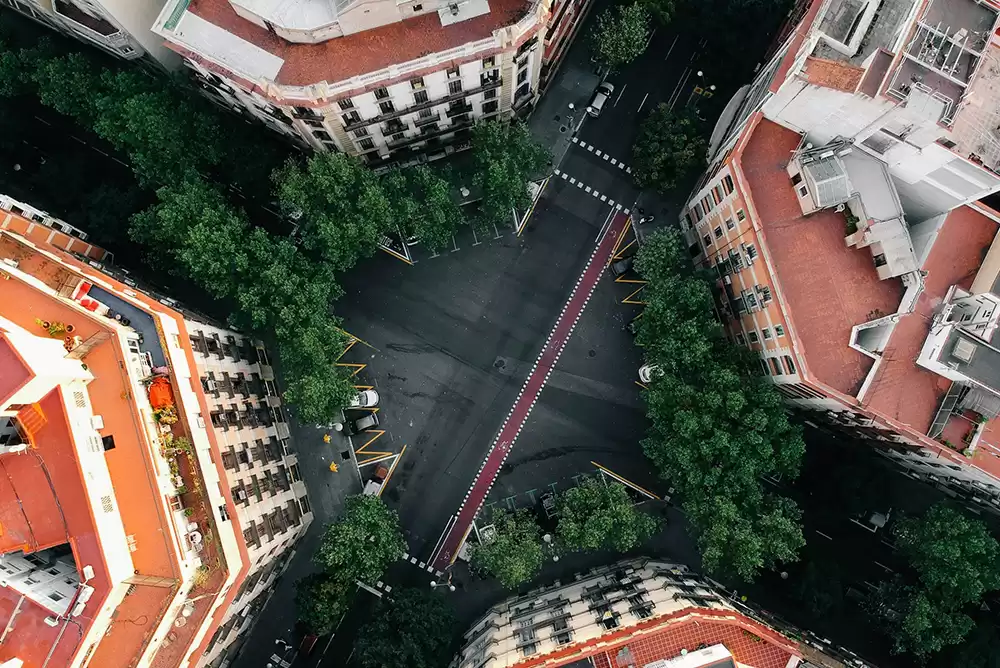By Dan Cahill and Gary Stewart
Repairing a commercial roof requires more than just patching leaks and replacing damaged materials—it’s a complex process that demands careful planning, precise execution, and a deep understanding of various roofing systems. From the initial inspection to deciding between repairs and replacement, every step is crucial in ensuring the roof remains a reliable barrier against the elements. Understanding the common issues that lead to commercial roof repairs, the techniques required for different roofing types, and the importance of minimizing disruption to business operations can help you make informed decisions and ensure long-term protection for your property.
Initial Roof Inspection and Assessment
The first step in any commercial roof repair job is a thorough inspection. Depending on the specific circumstances, either an estimator or a foreman will typically assess the situation. This process begins by examining the interior space to locate where the leak is occurring. Following this, the inspection moves to the roof itself to identify the source of the problem.
Common Commercial Roofing Issues
Leaks are among the most common issues that necessitate commercial roof repairs. Another frequent cause for repairs involves tenant improvements, such as the installation of new equipment like air conditioners or when a manufacturing facility adds machinery that requires roof venting. Environmental factors also play a significant role, with repairs often needed due to wind damage or a branch falling on the roof.
Repair vs. Replacement Decision-Making
A repair job may turn into a replacement job under certain conditions. One such scenario occurs when you assess a leak and discover that the roof is significantly older than anticipated—perhaps 30 years old instead of the expected 10. Another situation arises when a roof has undergone multiple repairs by different contractors, resulting in a condition where further repairs are no longer effective. Lastly, suppose a substantial portion of the roof has sustained damage, such as being blown off in the wind. What initially seems like a small leak could actually be indicative of a much larger issue requiring a total replacement.
Repair Techniques for Different Roofing Systems
Different types of roofing require specific repair techniques. For instance, the most common roof type is likely the built-up or cap sheet roof, which provides a broad range of materials for repair. These materials can vary significantly in terms of quality, workmanship, compatibility, and service life. In contrast, roofing systems like silicone or single-ply require specifically compatible products, limiting the available repair options. Therefore, depending on the type of roof, the materials and processes for repairs can range from numerous to quite limited.
Cost Estimation and Budget Planning
Estimating a repair job begins with a thorough inspection to assess the situation. This crucial step determines whether the leak is minor or major. Sometimes, a reported major leak may turn out to be a small drip, or a minor issue might reveal a more significant problem. The inspection helps gauge the extent of the repair and manpower required, forming the foundation for an accurate estimate.
Minimizing Disruption to Business Operations
The key factor is scheduling to ensure minimal business disruption during a roof repair; we coordinate with the client well in advance—typically several days before the repair—to agree on a timeframe that best suits their business operations. Whether the business remains open or closed during the repair is entirely up to the client’s preference. Ultimately, our careful planning and scheduling to accommodate the client’s needs make the difference, rather than just the work being done on the roof.
Reducing the Cost of Commercial Roof Repairs
Regular inspections provide a better opportunity to prevent issues rather than simply reacting to them. It’s also worth noting that multiple areas might require repair, but budget constraints may limit what can be addressed initially. We always inform clients that if a leak persists after a repair, further work might be necessary, as finding the exact source of a leak can be challenging. Not every leak has a single source—one leak might stem from four or five different places. Until all those spots are identified, you may improve the situation but haven’t entirely resolved it.
Roof replacement, on the other hand, is more scientific, following a set of standard procedures, making it a more straightforward process. However, leak repair is more of an art and a skill rather than a regimented process. Sometimes, the source of the leak may not even be the roof itself.
Choosing the Right Roofing Contractor
When selecting the best commercial roofing contractor, choosing someone with a solid history in the business and a proven track record is essential. Opting for a relatively local contractor is also important, as it ensures they can quickly respond when needed. Trust is crucial, especially if you’re dealing with multiple contractors. Ensure they can provide a professional estimate and possess the necessary licenses, insurance, and workers’ compensation coverage. These simple checks help ensure you hire a legitimate roofer, not someone posing as one.
Conclusion
In commercial roofing, the difference between a quick fix and a long-lasting solution lies in the expertise and approach of the professionals handling the repair. Whether it’s assessing the extent of the damage, choosing the right repair techniques, or coordinating the work to minimize disruption to your business, each step is critical in ensuring the roof’s integrity and longevity. By partnering with a reputable and experienced commercial roofing contractor, you can trust that your roof will be repaired with the highest standards of quality, providing peace of mind and protecting your investment for years to come. Regular inspections and timely repairs not only address immediate issues but also help prevent future problems, ultimately saving you time, money, and unnecessary stress.
Take preventive measures and find peace of mind today. Learn about our commercial roof solutions now.
Author Bio
As a proud fourth-generation commercial roofing contractor, Gary Stewart has dedicated his career to upholding his family’s legacy of quality and craftsmanship. Today, as a managing partner, he works alongside his relatives, blending tradition with innovation to deliver exceptional roofing solutions. His commitment to excellence and teamwork strengthens SBR Roofing’s projects and deepens those family bonds, ensuring that every roof we build is a testament to our shared values of integrity, durability, and service. Together, we are not just constructing roofs but building a future for our community and family lineage.
Dan Cahill embarked on his journey in 2001, accumulating over 23 years of experience in the commercial roofing field. The original owner of SBR Roofing extended a trial opportunity in 2001, coinciding with the dot-com bubble burst. The proposition was simple: give it a year, see if it suits you, and if not, no hard feelings. Surprisingly, Dan found himself sticking around. Fast-forward over two decades, and he continues to thrive in the field.
With a background in sales, Dan discovered a passion for the dynamics of salesmanship, particularly in the freedom it offered from the confines of a desk. The opportunity to engage with people, navigate various situations, and even climb up on roofs appealed to him. This intriguing experience kept Dan hooked, prompting him to stay the course, eventually becoming a leader in the roofing industry.







